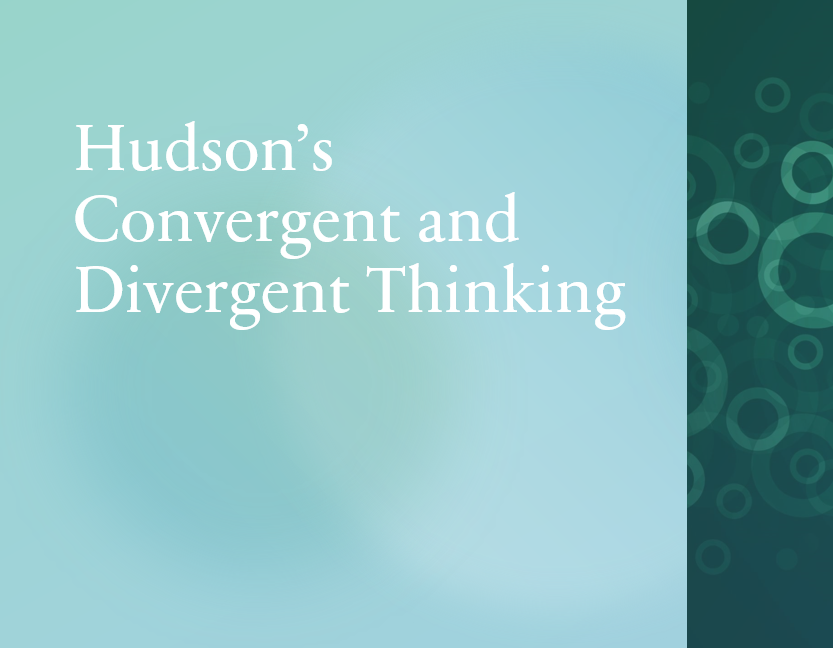
Liam Hudson (1933-2005) was a British psychologist and professor at Cambridge, Edinburgh, Princeton and Brunel. He not only possessed a desire to have a deeper understanding of the human mind, but he wanted to share his knowledge and open doors for individuals who did not fall under the umbrella of the traditional student with a logical, scientific mind.
While at Cambridge, Hudson discovered what he believed was a discrepancy in the IQ tests. He posited that some individuals may be weaker at identifying and processing both numbers and letters. Additionally, he posited that IQ levels were not associated with higher or lower levels of success in life. Additionally, these tests did nothing to measure creativity within individuals. These questions led to his desire to investigate more effective means to identify intelligence.
In 1967, Hudson studied English school boys. During this study, he affirmed that traditional IQ tests did not accurately describe or identify capabilities. These tests only allowed for one correct answer but did not permit space for creativity or space to find answers to a variety of questions.
Convergent and Divergent Thinkers
Through this work, Hudson identified two varying types of thinkers: Convergent and Divergent.
Convergent thinking can be most associated with logical thinking related to math, science and technology. This type of thinking best fits standardized testing that focuses on one correct solution.
In contrast, the divergent thinker, most commonly related to creativity, arts and humanities, prefer innovative answers, creative problem-solving and multiple ideas based on a stimulus.
| Convergent | Divergent |
| Looks for one answer Synthesis of information Analytical or deductive thinking Logical thinker Prefers formal rules Controlled Reality-based Dependent on prior knowledge, skills and experiences Does well in traditional instructional settings Measured by standardized tests | Creative More fluid in producing a multitude of ideas Prefers open-ended questions Looks for a variety of answers Does not tend to perform well on standardized tests |
Interestingly, Hudson also proposed that convergent and divergent thinking could be demonstrated in childhood.
Determining the Learning Style
Hudson also began working with alternative methods for IQ assessments and eventually created an open-ended test that would measure creativity. He determined that as some individuals scored poorly on traditional assessments and IQ tests, the same individuals could score higher on his ‘Uses of Objects Test’. This test was composed entirely of open-ended questions.
One example of his question:
Below are five objects. Think of as many different uses as you can for each:
- A barrel
- A paper clip
- A tine of boot polish
- A brick
- A blanket
This test also did not have a time limit.
In order to determine if a person were a convergent or divergent thinker, the responses to the open-ended questions were evaluated to determine the fluidity and how many responses were given, not necessarily the quality of the answers.
For instance, in response to the question, “How many uses can you think of for a brick?”, within three minutes, a convergent thinker may decide on three to four options. Within this same time frame of three minutes, a divergent thinker could identify ten or more responses.
Using Hudson’s Theory
Liam Hudson’s theory has important implications for personal, professional, and educational purposes. He demonstrated that traditional classroom approaches may not be sufficient to all individuals during a time when there was typically only one approach to teaching: the teacher-centered approach with textbooks, workbooks, and worksheets. He also showed educators that traditional assessments and their correlating results may not accurately demonstrate the intelligence of a student or even whether they fully comprehended the content.


Comments are closed